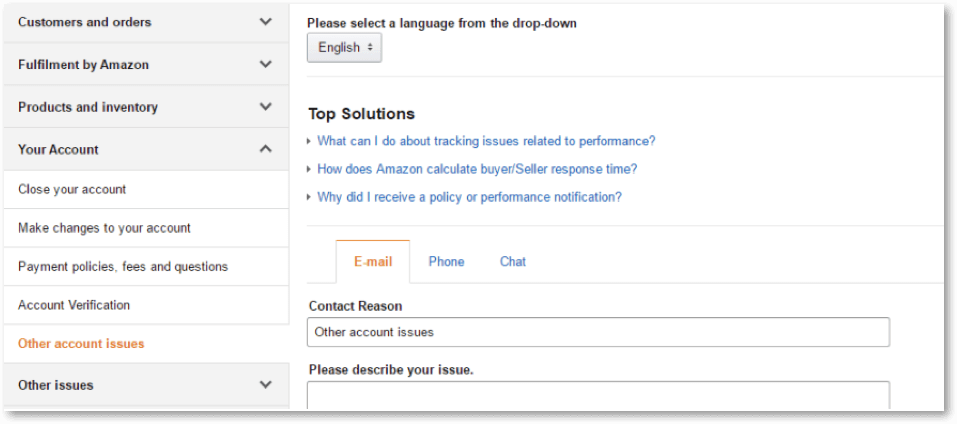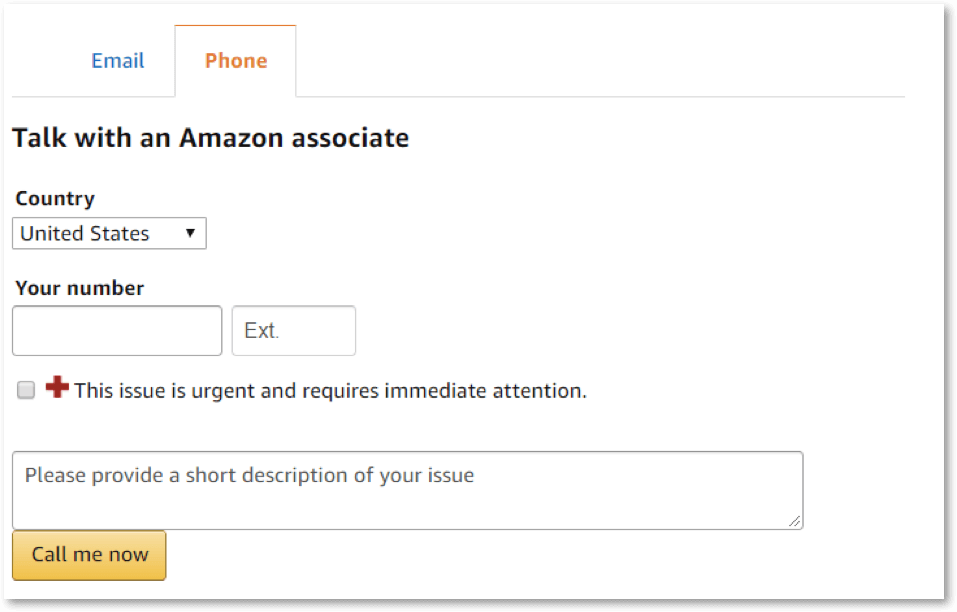The Bonnaroo Music and Arts Festival is an American annual four-day music festival developed and produced by Superfly Presents and AC Entertainment. Since its first year in 2002, it has been held at what is now Great Stage Park on a 650-acre (263 km2) farm in Manchester, Tennessee. The festival typically starts on the second Thursday in June and lasts four days. Main attractions of this festival are the multiple stages featuring live music with a diverse array of musical styles including indie rock, classic rock, world music, hip hop, jazz, americana, bluegrass, country music, folk, gospel, reggae, pop, electronic, and other alternative music. Musical acts play from around noon until 3:00am or later.
The festival began with a focus on jam bands and folk rock; it has diversified in recent years but continues to pay tribute to its roots. Notable acts have included Allman Brothers Band, Primus, Eminem, U2, Phish, Nine Inch Nails, Radiohead, Paul McCartney, Billy Joel, Tool, The Beach Boys, Kanye West, My Morning Jacket, Stevie Wonder, The White Stripes, Neil Young, Pearl Jam, Tom Petty, The Dead, The Allman Brothers Band, James Brown, Wilco, Bon Iver, Arctic Monkeys, The Flaming Lips, Willie Nelson, Mumford and Sons, Of Monsters and Men, Jay Z, Bob Dylan, The Black Keys, Zac Brown Band, Dave Matthews Band, Buffalo Springfield, The Police, Arcade Fire, Jack Johnson, The Strokes, The Black Crowes, Metallica, Red Hot Chili Peppers, Bruce Springsteen, Beastie Boys, Kings of Leon, ZZ Top, Dead & Company, and Widespread Panic. The festival features craftsmen and artisans selling unique products, food and drink vendors, comedy acts, silent disco, cinema experiences, and a Ferris wheel.
Bonnaroo Music Festival was largely influenced by rock concerts of the late 1960s and early 1970s, as well as the massive Phish festivals of the late 1990s. The festival is a nod to the Monterey International Pop Music Festival (1967), the Atlanta International Pop Festival (1969, 1970), and most famously the Woodstock Music & Art Fair (1969).
The festival was ranked in 2003 by Rolling Stone magazine as one of the "50 Moments That Changed Rock & Roll"[2], "Festival of the Decade" by Consequence of Sound, and among the 10 Best Festivals by GQ Magazine.
History:
Bonnaroo was established by Ashley Capps of AC Entertainment and Kerry Black (graphic design), Rick Farman (festival operations), Richard Goodstone (marketing), and Jonathan Mayers (programming) of Superfly Productions.
The first Bonnaroo Music Festival took place in 2002. The founders chose "bonnaroo" (Creole slang meaning a really good time) for its literal meaning and to honor the rich New Orleans music tradition they had enjoyed in college. Bonnaroo was popularized by New Orleans R&B singer Dr. John with his 1974 album Desitively Bonnaroo. Bonnaroo is derived from the French "bonne" /bɔn/ the feminine agreement of "bon" / meaning "good," and the French "rue" /ry/ meaning "street," translating roughly to "the best on the streets".
The founders were inspired by music festivals they attended in the 1990s, including those put on by the band Phish, and events held in Coachella and Glastonbury. They found a site in Manchester, Tennessee that had facilities and good highway access. Using only their website for ticket sales, they sold out the festival in about two weeks. By 2003, the festival had been named by Rolling Stone magazine as one of the 'top 50 moments in rock & roll.' Comedy acts such as Jim Breuer were first added in 2005. In 2007, Bonnaroo purchased the land for the festival, creating Great Stage Park with all of its iconic features. They installed a permanent main stage in 2010.
In 2016, AC entertainment was purchased by Live Nation Entertainment. Following the very weak attendance for the 2016 event, Live Nation responded with performances by U2, Lorde, The Weeknd, and the Red Hot Chili Peppers in 2017, returning the attendance to 65,000.
Economy
On January 10, 2007, Bonnaroo organizers Superfly Productions and AC Entertainment purchased a major portion of the site where the annual music festival is held. The purchase of 530 acres (2.1 km2) encompassed all of the performance areas and much of the camping and parking area used for the annual festival; the festival will continue to lease another 250 acres (1.0 km2) that currently serve as additional parking and camping. Since its inception, Bonnaroo has contributed more than $1 million directly to Coffee County organizations.
In addition to the festival's annual charitable contributions, its activities help generate annual revenue for the county. Measured in a 2005 study, the economic impact of the event on Coffee County was more than $14 million in business revenues and more than $4 million in personal income. The Bonnaroo music festival makes most of its income from the fans.
The festival regularly contributes to charities including Doctors Without Borders, Head Count, MusiCares, Habitat for Humanity, Boys and Girls Club of America, Rock the Earth, the American Red Cross, and the Sierra Club. It provided aid to assist local organizations following disasters such as Hurricane Katrina in 2005, the 2010 Haiti earthquake, 2010 Nashville floods, and 2010 Gulf of Mexico oil spill.
By 2013, the direct and indirect economic impact of the festival since inception was estimated at $51 million, including $2.9 million in tax revenue for the year 2012.
Environmentalism:
Bonnaroo actively supports recycling and sustainability.In 2011, A Greener Festival recognized Bonnaroo's efforts for the previous three years with an award.In 2004 Bonaroo said it prevented having to collect 120 tons of trash by encouraging fans to recycle. Food and drink are sold in organic and recyclable materials to create less waste AGF auditors review festivals, as well as requiring their self-evaluation.As of late, Bonnaroo initiates many "green" activities during the festival, such as Planet Roo,a hub advocating sustainability and effective change toward the environment.
Accolades :
When the festival first began in 2002, USA Today referred to Bonnaroo as "The culmination of a musical movement."CNN described it as: "Music and subculture melted together into a pot of creative bubbling energy."
In 2008, it was named "Best Festival" by Rolling Stone magazine, calling it "the ultimate over-the-top summer festival."Rolling Stone also recognized Bonnaroo as one of “50 moments that changed rock & roll.”
The New York Times said "Bonnaroo has revolutionized the modern rock festival" in 2012,[15] and Spin called it the "Best festival of the summer."[16]
Venues:
This section does not cite any sources. Please help improve this section by adding citations to reliable sources. Unsourced material may be challenged and removed. (July 2015) (Learn how and when to remove this template message)
Which Stage at the Bonnaroo Music Festival in Manchester, TN.
The official venues located at Bonnaroo often change from year to year. The following are some of the more permanent venues.
Centeroo: The central area of Bonnaroo. Served by two main entrances, it encloses nearly all of the festival activity. Various merchants and activities supplement the music-related activities located here. While Centeroo is open 24 hours a day, musical artists generally only play from noon until the evening, followed by the unopposed headlining act. Afterwards, late-night sets usually run from midnight until the early morning, sometimes as late as 5 or 6 AM.
What Stage: The main stage of the festival is the largest. What Stage is open from approximately noon until midnight (late night sets usually over by 3am). Traditionally, the headlining act each day will play on the What Stage; no other acts perform at that time.
Which Stage: The second stage generally features the last performance before that of the headlining act each night. After the headlining act performs, a late-night show generally follows here.
This Tent and That Tent: These tents serve as a combined tertiary tier for musical performances. Late-night shows also generally occur in all three of these venues, along with the yearly Superjam, a one-off combination of various musicians performing at the festival.
The Other: This third, smaller stage hosts many of the event's EDM acts and often runs in to the late hours of the night. The Other was originally a tent (Other Tent), similar to This Tent and That Tent, but was transformed into a stage (with EDM in mind) ahead of the 2017 event.
Who Stage and New Music On Tap: Who and NMOT have smaller viewing areas and feature many of the lesser-known acts playing the event over the course of the weekend.
Various other small tents and stages are also used for various performances, such as the Solar Stage, Lunar Stage, and the Cinema tent. There are also various performances at areas throughout the campgrounds. See the Bonnaroo website for further details on these stages and performances.
Notable performances
The Beastie Boys performed on the main stage on June 12, 2009. With the passing of Adam Yauch nearly three years later, this would mark the band's final performance.
R&B singer D'Angelo marked his return to American stages for the first time in over 12 years[17] on June 9, 2012 with a surprise performance at the festival's annual Superjam. He was backed by members of the R&B collective The Soulquarians, most notably Questlove, James Poyser and Pino Palladino, with guest guitarist Jesse Johnson. The set was composed almost entirely of covers.[18]
On June 14, 2014, soul music singer Bobby Womack would give his final performance before passing away on June 27.[19]
Other iconic performers have been Phish (2009, 2012), Dead & Company (2016), U2 (2017), Pearl Jam (2016, 2008), Billy Joel (2015), Mumford and Sons (2015, 2011), Elton John (2014), Jack White (2014), Lionel Richie (2014), The Flaming Lips (2014, 2010, 2007, 2003), Paul McCartney (2013), Tom Petty and The Heartbreakers (2013, 2006), Wu-Tang Clan (2013), Red Hot Chili Peppers (2017, 2012), Radiohead (2012, 2006), Neil Young (2011, 2003), Dave Matthews Band (2010, 2005), Stevie Wonder (2010), Bruce Springsteen (2009), Nine Inch Nails (2009), Metallica (2008), The Police (2007), Bob Dylan (2004).[20]
Activities:
A robot with wavy tentacle arms.
Graffiti by Nashville artist Ryan McCauley on the Graffiti Wall, which separates Centeroo from the campsites.
Available to the Bonnaroo public throughout the week are various activity tents. These tents become most popular with the night crowd, with such activities set up as The Silent Disco tent, and other club or bar-themed venues. In the Silent Disco, each person entering is given a set of headphones that sync with the DJ and the music. Everyone is listening to the same song through the headphones while appearing from the outside to be dancing to no music at all.
The Comedy Tent has featured such comedians as Mike Birbiglia and Flight of the Conchords. The Cinema tent, showing a variety of mainstream and independent movies, is popular, in part because it is air conditioned. The Broo’ers Festival tent features independent breweries from all over the United States.
Outside the big tents, Planet Roo hosts a variety of non-profit organizations sharing information on healthy lifestyles and resource conservation. Splash-a-Roo (a giant slip-n-slide area) and a giant mushroom fountain provide practical ways to beat the heat. Bonnaroo creators designated the wall surrounding Centeroo, colloquially called "the Graffiti Wall", as a place for street artists to paint their choices.
The campgrounds consist of ten pods organized by the producers with activities and services for the campers. Each pod has an information and medical booth, and a community art project. Many of the pods also feature barns with activities going day and night, and offering a place to relax or purchase refreshments. Often the community art projects develop as joint projects between invited artists and the campers: past festival pods have featured birdhouse construction, decorating stretched canvas, a giant Lite Brite-like panel, and huge frames and raw clay which festival goers shaped to their taste. Some of the art installations are finished prior to the festival. In addition to information, medical services and an art project, each pod offers public showers for $10 each.
In 2009, Bonnaroo featured the Bungaloo, a community art project that invited festival goers each to paint a small tile. These were affixed to 10-foot (3.0 m) water drops suspended between The Other Tent and This Tent. With each tile painted, the festival-goer could vote for the charity of choice. Bungaloo, a new online paint company, made a $1000 donation to the charity with the most votes.
Soopergroop:
In 2013, Bonnaroo brought its stage to YouTube.[21] In conjunction with talent and Bonnaroo fans, Bonnaroo and Los Angeles production company Kids At Play created Soopergroop – a band created from four musical acts brought together over four days to create and share original works at Bonnaroo 2013 and launch Bonnaroo’s YouTube channel. The channel’s title, Bonnaroo 365, refers to the celebration’s intention to be part of fans’ daily lives. YouTube’s position with musician and fans – amassing 1.9 billion views of music videos in 2012[22] – made it an essential platform for the music festival.
Soopergroop[23] talent was chosen for their musicality and YouTube audiences. They met for the first time at Bonnaroo in June. Their work process over the four-day festival was the subject of an eight-part documentary series by Kids At Play released on Bonnaroo’s YouTube Channel.
The artists were: Ÿ
Soul Khan, an American songwriter, rapper and retired battle rapper from Brooklyn, N.Y..
Jenny Suk, known as JENI, singer and songwriter from the San Francisco Bay Area.
Knower, the Los Angeles duo of Louis Cole and Genevieve Artadi, electronic funk-pop artists.
Black Violin, an American hip-hop duo from Miami (Kev Marcus on violin and Wil B on viola).
Annual attendance
Note: all figures are approximate
2002: 70,000
2003: 80,000
2004: 90,000
2005: 76,000
2006: 80,000
2007: 80,000
2008: 70,000
2009: 75,000–80,000
2010: 75,000
2011: 80,000
2012: 100,000
2013: 90,000
2014: 90,000+ (estimated)
2015: 74,000
2016: 45,500
2017: 65,000
















